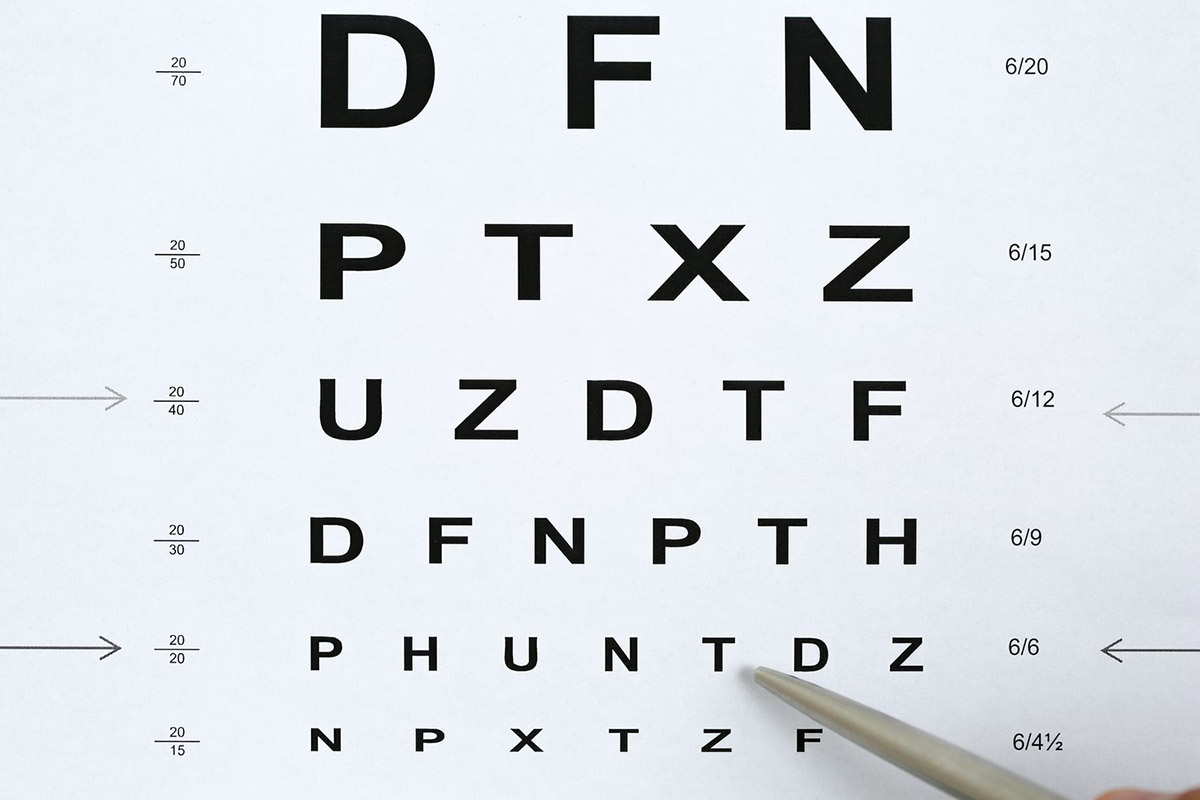What is an eye chart?
Used by eye doctors to measure the vision of a patient and compare it to the chart. The different types of eye charts include the Snellen eye chart, the tumbling E eye chart, and the Jaeger eye chart.
The Snellen eye chart
It was developed by Herman Snellen. It is a classic example containing 11 rows of capital letters which get smaller. When a patient is getting an eye exam, they are asked to find the smallest line of letters they can read and read it out loud. Your visual acuity is excellent if you can read letters at the bottom row.
“Tumbling E” eye chart
This test is a modification of the Snellen eye chart. It is used in situations where the Snellen eye chart cannot be used. If a patient cannot read the letters out loud because of an inability to read, young age, or handicap, the chart is applied. Research indicates that measurements received from a tumbling E chart are almost similar to those obtained from a Snellen eye chart.
Jaeger eye chart
This is a small hand-held card used to assess near vision. It can be used in two ways depending on the evaluation purpose:
- You are told to read a text on the chart from a fixed distance.
- The chart is brought towards or away from you until you can read a specific font size.
What does “20/20” mean in an eye test?
This means that an individual has normal eye vision. It shows one can read letters 20 feet away.
Eye chart limitations
They only measure eye sharpness. Thus, they can help your eye doctor determine if you need contact lenses. However, the limitations cannot detect other vision problems.

